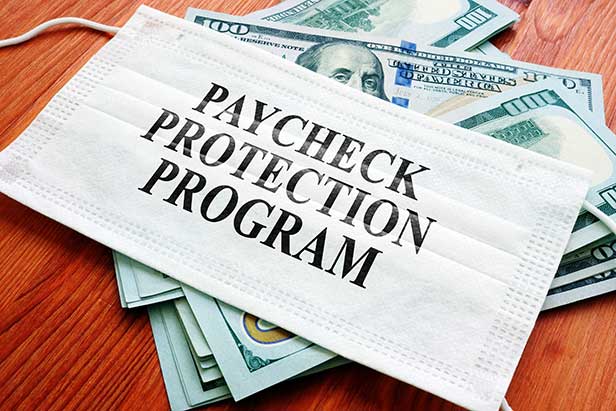News June 19, 2020
Lawmakers Propose Further PPP Extension
The SBA this week also released an easy application to help sole proprietors and the self-employed receive forgiveness for their paycheck protection loans.
As the June 30 deadline for the Paycheck Protection Program (PPP) looms, lawmakers have rolled out proposals to extend the program to at least the end of the year, and possibly allow smaller companies to take out a second loan.

“Many small businesses will continue to struggle in the weeks and months to come,” said Democratic Sen. Ben Cardin of Maryland in a statement. “Congress must once again act urgently to support our most vulnerable small businesses through the crisis, so our economy can recover as quickly as possible after the pandemic.”
Cardin and several other lawmakers introduced the Prioritized Paycheck Protection Program (P4) Act to extend the deadline to apply for a forgivable PPP loan to Dec. 30 or longer. Under the proposed legislation, businesses with fewer than 100 employees could apply for a second loan if they’ve used up or are likely to exhaust their first PPP loan and can show at least a 50% loss in revenue due to the coronavirus pandemic. Business owners must also show that they need the money for payroll and eligible non-payroll costs.
The “P4 loans” would not be available to publicly traded companies, and hospitality and lodging businesses with multiple locations would be limited to an aggregate loan amount of $2 million. The bill would also set aside $25 billion or 20% – whichever is lesser – of PPP funds for employers with fewer than 10 employees and businesses in underserved and rural communities.
Treasury Secretary Steven Mnuchin hasn’t directly given his support to the bill yet, but has said that he thinks more help for small businesses is needed, according to Yahoo Finance. “We absolutely believe small business – and, by the way, many big businesses in certain industries – are absolutely going to need more help,” Mnuchin said during a recent Small Business Committee hearing on CARES Act implementation.
The PPP launched on April 3, as part of the $2.2 trillion CARES Act. By April 16, the initial $349 billion PPP funding was gone, scooped up by businesses negatively impacted by shutdown orders related to the coronavirus pandemic. Congress approved a second $310 billion round of funding on April 27. Earlier this month, lawmakers updated the program to allow more flexibility in how the funds can be used. Since the program began, the Small Business Administration (SBA) has approved more than 4.6 million loans, totaling more than $513 billion. As of June 12, the PPP still had almost $130 billion in funds remaining, according to the Washington Post.
In related PPP news, the SBA this week released an EZ Forgiveness Application, which it says will require “fewer calculations and less documentation” for smaller loan recipients. The new application, part of an effort to make the PPP more flexible, applies to borrowers who are self-employed and have no employees, borrowers who didn’t reduce salaries by more than 25% and didn’t reduce the number or hours of employees, and borrowers who experienced reductions in business activity due to COVID-19 but didn’t reduce salaries and wages of employees by more than 25%.
The SBA also revised its full forgiveness application to comply with the flexibility rules passed earlier this month.
